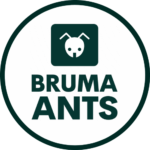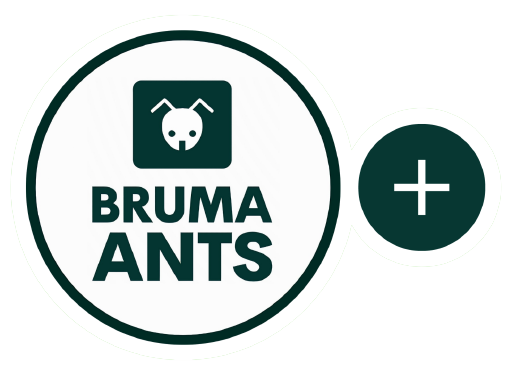Test tube setup? Founding nest? Which is the best option?
Today we’re gonna compare two of the most popular ways to grow an ant colony from scratch, starting from a single newly mated queen ant!
Let’s get right into it!
Introduction
If you clicked on this article, there’s an extremely high chance that you’re thinking about starting an ant colony, and that you’re not completely sure which method is best for you. A test tube setup? A founding ant nest? Which option has the higher success rate when it comes to founding an ant colony?
As with everything else, both methods have their pros and cons, and the best option for you will depend on a number of factors, such as your personal experience, your preferences, and how much you are willing to spend.
Hopefully, at the end of this short guide you will have all the information needed to make a well-informed and wise decision, and set yourself up for success with your new ant keeping adventure!
Without further ado, let’s start analyzing the two nesting options!
The Test Tube Setup
Let’s start with the most popular ant keeping setup of all time! The test tube setup is considered by most ant keepers to be the gold standard of founding nest, and as of today, it defends its title better than ever!
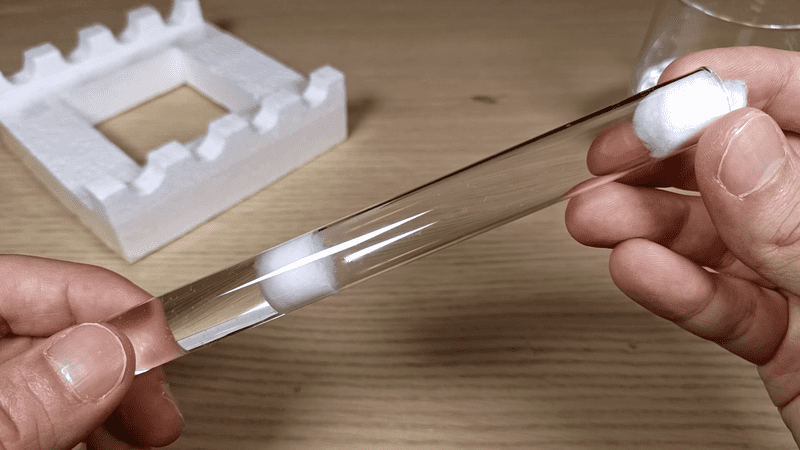
In a nutshell, a test tube setup is nothing more than a normal test tube filled with water, with a small cotton ball dividing the water tank section from the living area. That’s it! Thanks to its very simple nature, the test tube setup is the most recommended way for beginners to start an ant colony from scratch!
This easy-to-manage tiny nest is the perfect solution for creating a temporary and contained environment, replicating the same conditions that a queen ant experiences in the wild inside the so-called founding chamber.
This popular founding system is probably the cheapest and easiest way to grow an ant colony, and to make one you need very few items. All you need is a test tube, some cotton, some water, and a long stick to easily push the cotton all the way to the bottom of the test tube.
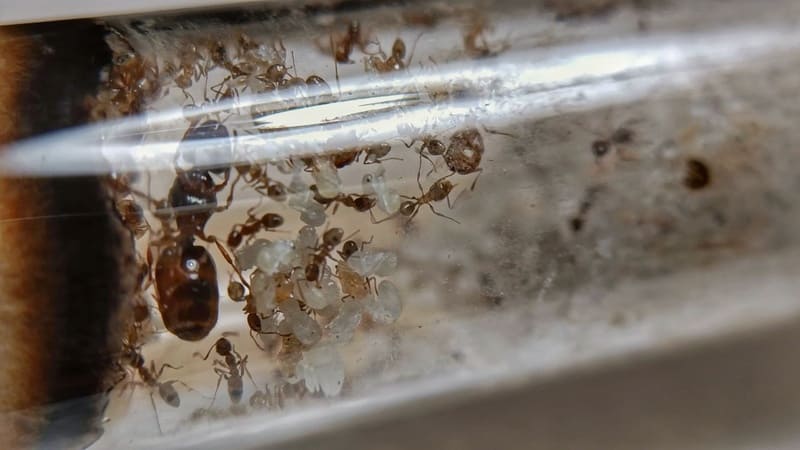

If you are just starting out in the amazing world of ant keeping and wanna learn how to make this kind of setup, I would suggest you check out this other tutorial! In this article, I explain in detail how to make a test tube setup using materials you probably already have laying around your house!
However, there are also some drawbacks to using this type of setup as your founding nest. The main issue with the test tube setup, is the fact that feeding the colony directly from the nest can sometimes be a little tricky.
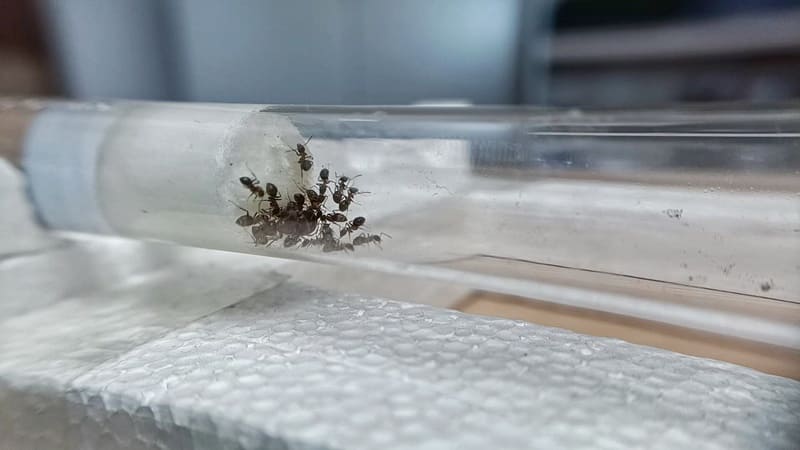

Once the colony has reached a certain size, it becomes almost impossible to remove the cotton to open the setup without having some ants running all over your hands! For this reason, the test tube setup is better suited for founding queens or very small colonies, and after a certain worker count it’s better to move the colony to a more manageable nesting solution.
Now let’s move to the next option!
The Founding Ant Nest
The other popular alternative you have if you wanna start an ant colony from scratch, is a founding ant nest. This particular type of small nest has grown in popularity in the last few years thanks to the diffusion of 3D printing and laser-cutting technology, and today every ant keeping supplier offers its own version of this product.
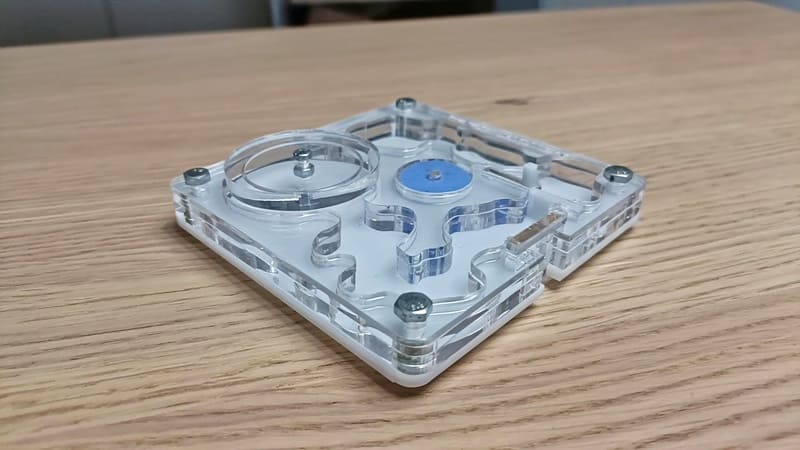

The founding nest is an extremely valid alternative to the test tube setup when it comes to starting a colony from a single queen! With some exotic species of ants, the test tube setup may not be the best way to recreate the environment needed to make a queen lay her first batch of eggs and grow her first workers.
On the other hand, a good founding nest can offer what a basic test tube lacks, and is able to simulate the founding environment with a lot more accuracy.
Unlike the test tube setup, this type of founding nest is not always cheap, and in some cases, it can actually be quite expensive! Depending on the ant keeping supplier you choose, the prices of a brand-new founding nest can be quite high!
Obviously, with the higher price point of this nest, comes also lots of additional features that we don’t find in the very basic test tube setup. For example, most founding nests come with a built-in outworld, which can make the life of the ant keeper a lot easier!
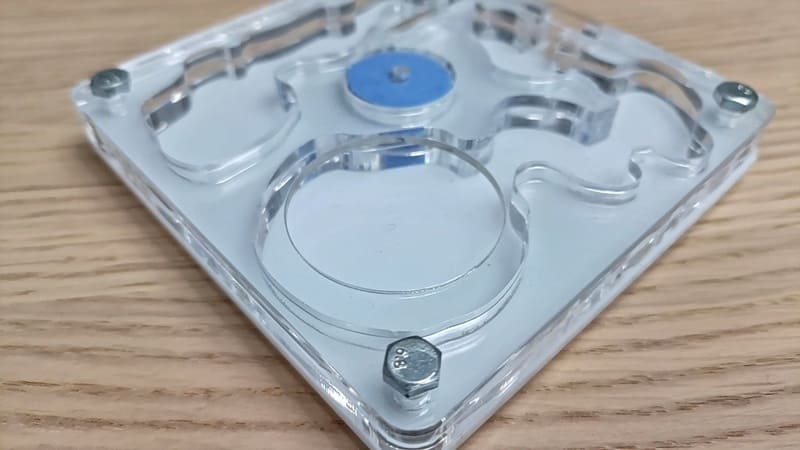

If you like the nest in the picture above, I would strongly suggest you check out this review! In this short article, I made a detailed review of this small Anthouse nest, listing the pros and cons of this type of setup!
With a spacious outworld included in the nest, the cleaning and feeding process becomes a lot easier, and the chances of having escapees when you open the lid drop substantially!
Another great advantage of founding nests is the aesthetic. If you are a person who considers the aesthetic to be one of the most important characteristics of a product, founding nests are definitely the option for you!
Founding nests are usually very aesthetically pleasing, and in some cases, they are so beautiful that you can actually use them as ornaments for your room! If compared with the simpler test tube setup, founding nests are without a doubt a lot more classy than a test tube wrapped in a piece of tinfoil!
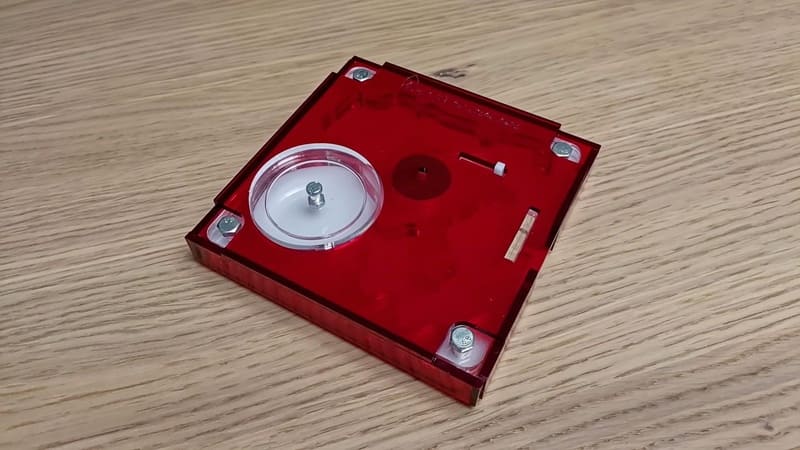

Like with the test tube setup, this type of nest has its fair share of drawbacks. The main one, is its constant and frequent need for maintenance. Unlike the test tube setup, which can be left without any assistance for months, a more complex founding nest needs at least some weekly maintenance.
For example, most founding nests have some sort of humidity system that usually dries out very fast, and needs to be refilled frequently to maintain the level of humidity inside the nest stable.
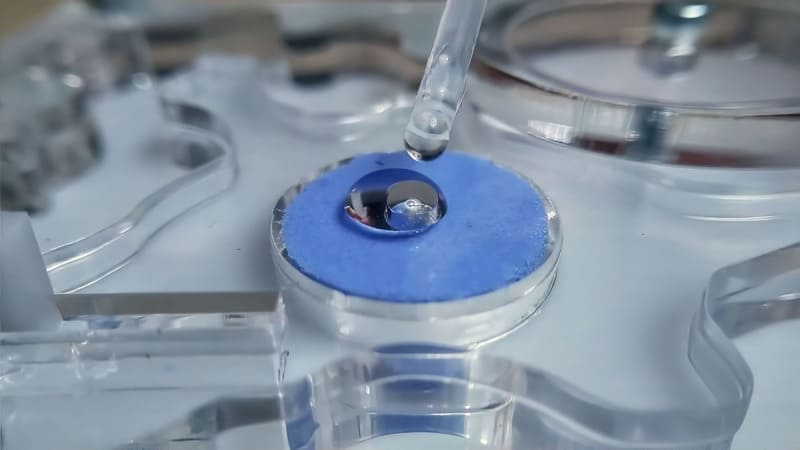

Without this intervention, all the humidity of the nest would evaporate, causing all kinds of problems for the ant colony!
So, Which is Better?
Well, the answer to this question solely depends on you.
If you are a beginner and are new to the hobby of ant keeping, the test tube setup may be the best option for you. This kind of simple and cheap setup has been used in ant keeping since the beginning of time, and, colony after colony, has kept its title as the gold standard of starter nest.
On the other hand, if you are an experienced ant keeper who is planning to keep some exotic species with particular needs, a more complex founding nest is definitely the best option for you!
I hope you have found this guide helpful!
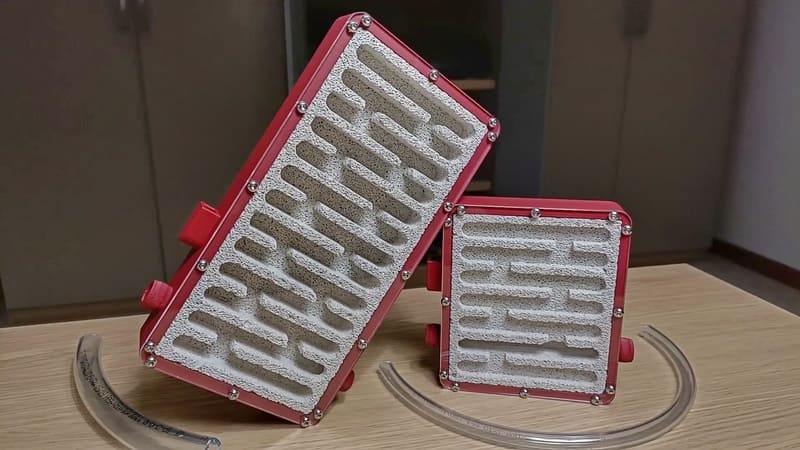

If you’re searching for a new nest to add to one of your setups, I would definitely suggest you check out this other article! In this one, I make a detailed review of these amazing Ytong nests made by Esthetic Ants, listing the pros and cons of this type of material!
Real-world impact!
Thanks to the BRUMA Ants Plus subscribers and our partner Ecologi we are planting lots of trees all around the world! Click on the Ecologi logo to see the real-world impact of this amazing community!
Join our Discord!

